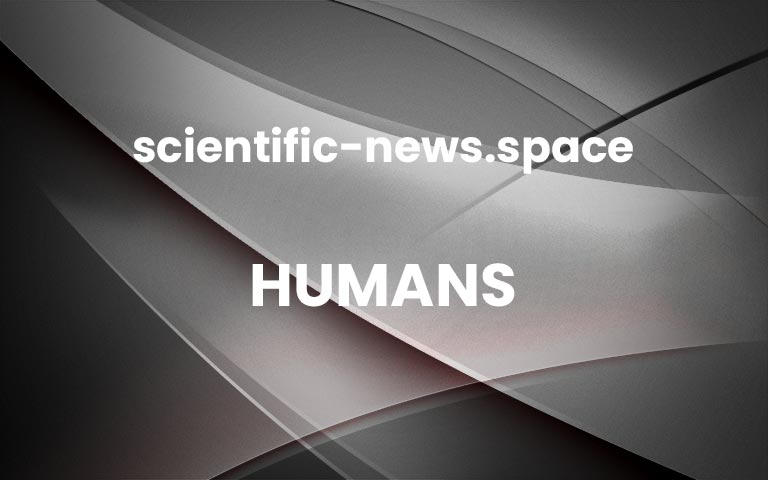The PHerc.172 scroll as revealed by X-ray imagingVesuvius Challenge
An ancient Roman scroll has been read for the first time since it was charred in the volcanic eruption of Mount Vesuvius two millennia ago, thanks to artificial intelligence and a high-powered X-ray facility.
The papyrus scroll was one of 1800 rescued from a single room in an ornate villa in the Roman town of Herculaneum during the 1750s, which is now the Italian town of Ercolano. All of them were carbonised by the heat of the volcanic debris that buried them.
Advertisement
Initially, locals unknowingly burned the scrolls as firewood, but once it was discovered that they contained text, they were saved. Around 200 have since been painstakingly opened and read by mechanical devices based on clocks, which slowly tick and prise the scrolls open millimetre by millimetre.
Three of these scrolls are kept at the University of Oxford’s Bodleian Library, having been gifted by the future King George IV in 1804. The then-prince of Wales had traded a troop of kangaroos to King Ferdinand IV of Naples in exchange for the scrolls. (The Neapolitan king was constructing an elaborate garden and a collection of animals for his lover.)
One of these three scrolls, known as PHerc. 172, has now been imaged and analysed using machine learning algorithms. It was scanned at Diamond Light Source in Oxfordshire, home to an extremely high-powered X-ray machine known as a synchrotron, and the resulting data was made available to participants in the Vesuvius Challenge – a competition with a $700,000 grand prize for interpreting text from scrolls.
This method is much better than trying to open the scrolls mechanically, says Peter Toth, a curator at the Bodleian Library. “The only problem, or risk, is that the imaging is so special that it cannot be done here, which means that the scroll had to leave the premises. And we were very, very nervous about that,” he says.
Researchers have so far revealed several columns of text, with about 26 lines in each column. Academics are now hoping to read the whole scroll, but can already make out the Ancient Greek word διατροπή, meaning “disgust.” Toth suspects that it will relate in some way to the philosopher Epicurus, as so many of the other scrolls found at the same site have.
PHerc. 172 was the only one of the three scrolls at the Bodleian Library deemed stable enough to travel, and then only in a specially 3D-printed case inside another padded box. “The hope is that the technology can improve so much [in the future] that the items do not have to travel anywhere, but the technology can come to us,” says Toth.
Topics:archaeology/AI More


